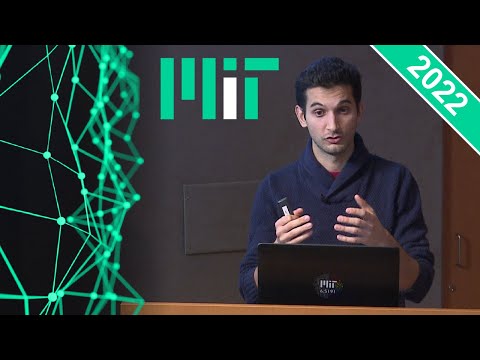Description:
Save Big on Coursera Plus. 7,000+ courses at $160 off. Limited Time Only!
Grab it
Explore convolutional neural networks for computer vision in this comprehensive lecture from MIT's Introduction to Deep Learning course. Delve into the rise and impact of computer vision, including applications in self-driving cars and healthcare. Learn about image representation, manual feature extraction, and the transition to learning feature representations directly from data. Understand the architecture of convolutional neural networks, including convolutional layers, non-linearity, and pooling. Discover how these networks can be applied to various tasks such as classification, semantic segmentation, and continuous control for autonomous navigation. Gain insights into the power of deep learning for computer vision and its potential to revolutionize multiple industries.

Convolutional Neural Networks
Add to list
#Computer Science
#Artificial Intelligence
#Neural Networks
#Convolutional Neural Networks (CNN)
#Deep Learning
#Computer Vision
#Image Recognition
#Machine Learning
#Feature Extraction